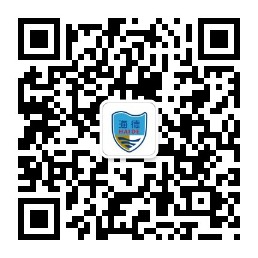时间序列分析
发布者:赵伟翔
发布时间:2025-03-28
浏览次数:10
时间序列分析(64课时/4学分)
Time Series Analysis (64 hours/4credits)
课程描述:
时间序列分析是数理统计学的一个主要分支,分析处理按照一定次序观测的单变量或多变量数据。时间序列分析在各个领域都有广泛应用。时域模型的建模方法和频域的谱分析技术构成了本课程的主要内容。时域分析部分,包括时间序列、平稳序列和白噪声等基本概念,自协方差函数、自相关函数、后退算子和差分算子等基本工具,但主体内容是各种常见时域线性模型及建模方法,包括AR、MA、ARMA和ARIMA模型的定义、识别、估计、检验、选择等;频域分析部分,包括功率谱的概念与计算、离散傅里叶变换和周期图以及各种谱估计方法的介绍。
本课程为数学类高年级同学开设。通过本课程学习,学生能够掌握时间序列分析的一些基本思想和基本方法,会借助R软件为实际时间序列数据建立合理模型,逐步形成时间序列数据的建模能力和在数据分析实践中发现问题和解决问题的能力,进一步加深对应用数学的理解。
Time series analysis is a main branch in mathematical statistics, analyzing and possessing the data observed in a certain order, usually in time order, univariate or multivariate. Obviously, such data is so common that time series analysis has a wide range of applications in many fields. The methods to construct linear model in time domain and the techniques of spectral analysis in frequency domain construct the main part of this course. The basic concepts of time series, including stationary time sequence and white noise, were introduced, and some linear models in time domain, including autoregressive model (AR), moving average model (MA), autoregressive moving average model (ARMA) and autoregressive integrated moving average model (ARIMA) were discussed in detail. While in frequency domain the power spectrum and its estimator were introduced, mainly on periodogram based on Discrete Fourier Transform, which can capture the frequency characteristics of a stationary series rapidly.
This course is for senior students majoring in mathematics and statistics. The students will learn some main ideas, concepts and methods in time series analysis and will be able to construct time series models for real time series data with the help of R software using the theoretical methods, so that they would have some ability to face and identify the problems in time series analysis in practice and try to solve them, enhancing their understanding of applied mathematics.



